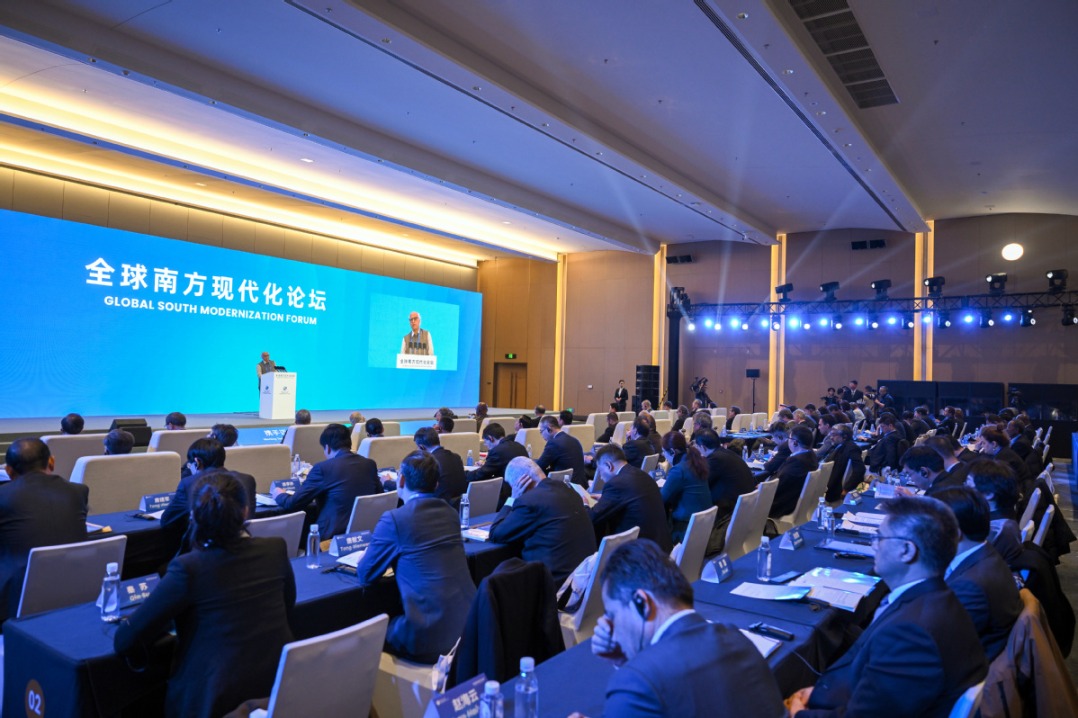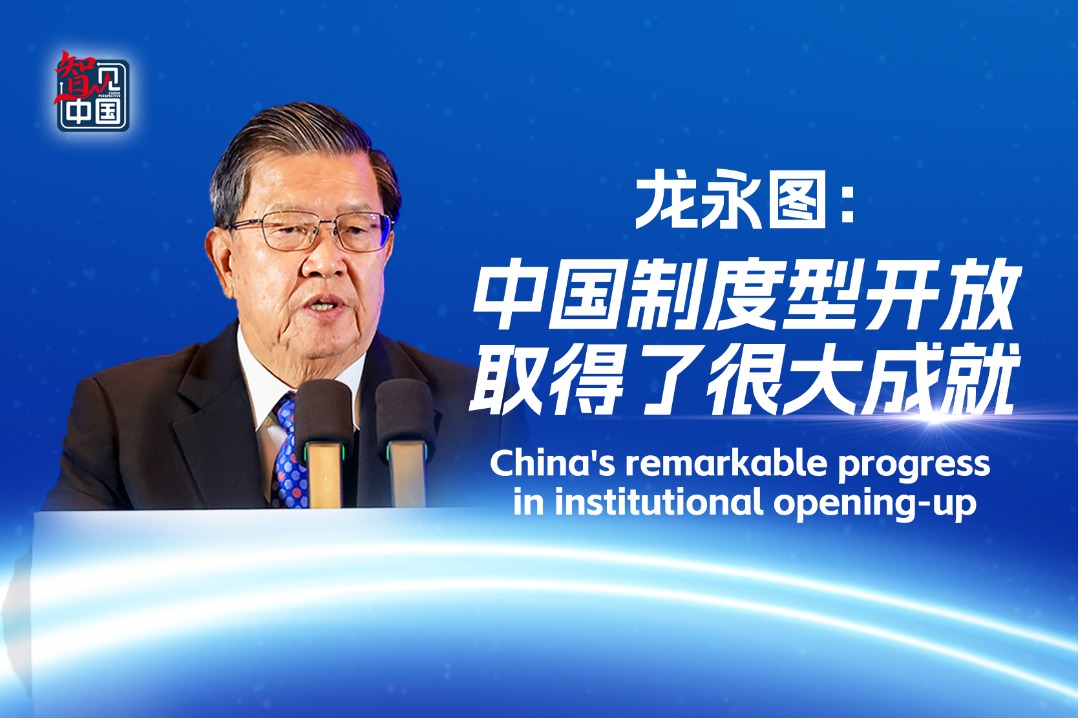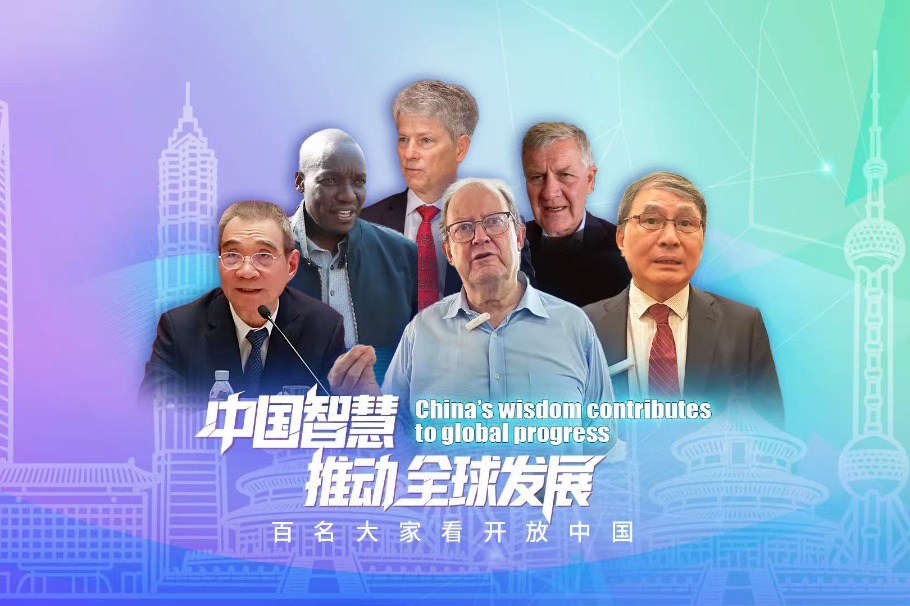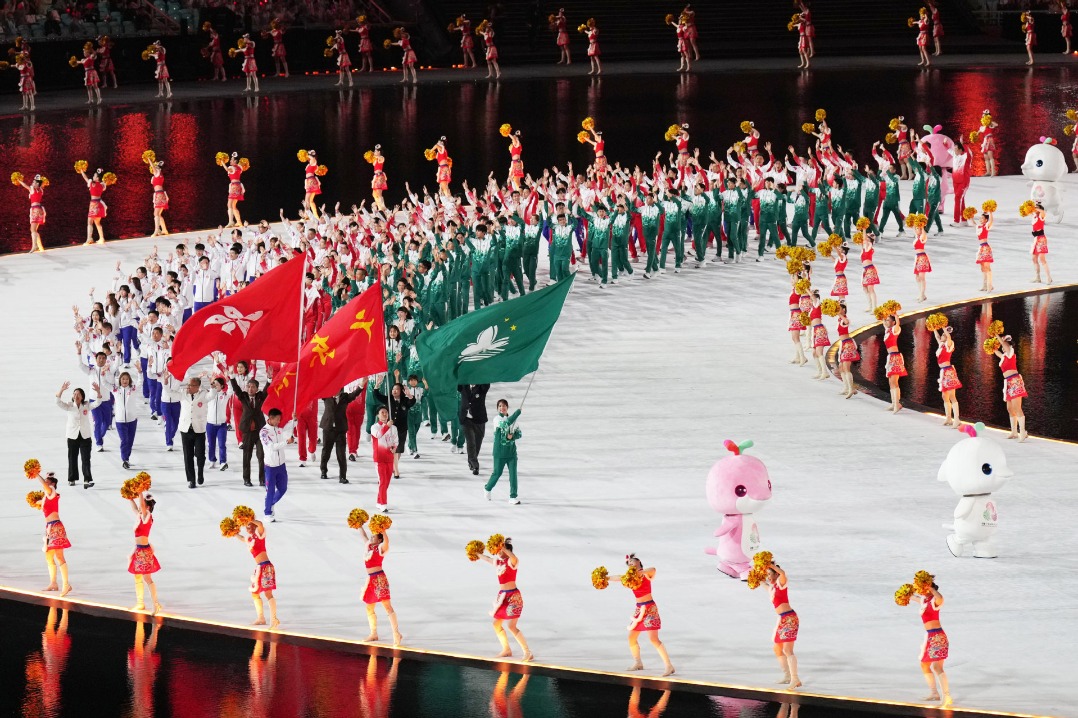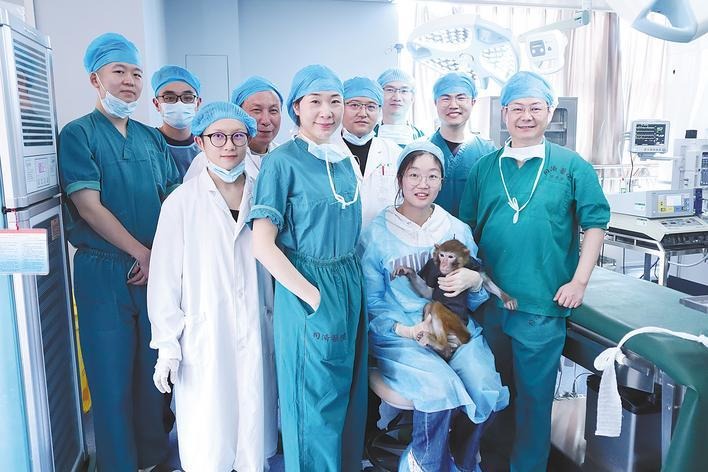Shadow puppetry bridges past and future
By giving ancient art form a modern twist, Sichuan performers keep tradition alive

As one of China's oldest folk art forms, shadow puppetry — a mesmerizing blend of painting, carving, storytelling and singing — has been inscribed into the UNESCO Representative List of the Intangible Cultural Heritage of Humanity.
In Langzhong, Sichuan province, generations of shadow puppetry artists have kept this traditional art alive.
Shadow puppetry, or piyingxi, means "performance with shadows of leather". Popular in northern Sichuan, particularly around Langzhong, Nanchong and Guang'an, Langzhong shadow puppets are made primarily from cowhide or paper.
Their facial expressions and costumes often mimic those of Sichuan Opera, its singing style also closely replicated. The performances typically depict historical and mythological folk tales.
One standout representative in the region is the Wang family, who have been involved in the art for over 350 years since it flourished during the Qing Dynasty (1644-1911). Born in 1965, Wang Biao is a seventh-generation inheritor of Wang family shadow puppetry and a national representative inheritor of Sichuan shadow puppetry. Learning the craft from his grandfather, Wang Wencun, Wang Biao mastered the skills of performance and carving at a young age.
In the 1980s, he traveled across the country with his grandfather, performing at weddings, funerals, housewarming parties, birthday celebrations and other events.
However, by the 1990s, the shadow puppetry market in northern Sichuan began to decline, forcing him to seek work elsewhere, but he never forgot his passion for shadow puppetry.
In 2000, with the support of Zhao Shutong, a shadow puppet collector in Chengdu, Sichuan, Wang Biao relocated in Chengdu with his wife and two apprentices, where they established a shadow puppetry troupe.
They began performing in parks, schools and other venues, gradually reviving the art form. In 2004, he returned to Langzhong and founded a shadow puppetry troupe, performing in its ancient town.
Wang Biao always remembers his grandfather's words:"Do not let shadow puppetry end with your generation".
He knows that the survival and development of traditional art depend on adapting to modern aesthetics and audience preferences. To breathe new life into it, he introduced performances that incorporate dance music and cartoon elements.
The troupe has toured over 30 countries and regions across Europe, North America and Southeast Asia, demonstrating the ancient art form to international audiences.
Wang Biao has also collaborated with universities, including the Shanghai Theatre Academy, Southwest Minzu University, Sichuan Normal University and Chengdu University, to offer courses on shadow puppetry, passing on his skills to the next generation.
In 2018, he funded for the establishment of a museum dedicated to the art in Langzhong, which houses over 50,000 exhibits, including hundreds of ancient scripts.
In recent years, Wang Biao and other Langzhong shadow puppetry artists have continued to enrich their repertoire and explore new ways of integrating shadow puppetry with exhibitions, education and cultural creativity.
By leveraging modern technology, they are transforming shadow puppetry into a multifaceted cultural experience, ensuring that this ancient art form remains a vibrant bridge connecting the past and the future.
Thanks to their efforts, shadow puppetry is not just a relic of history but a living, evolving art that continues to inspire and captivate audiences.
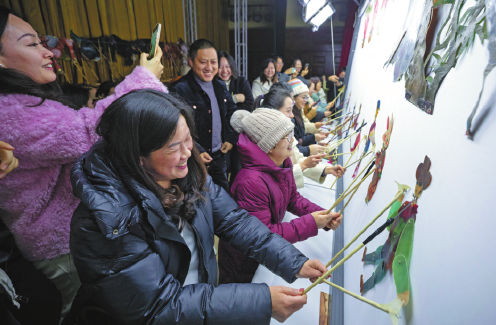
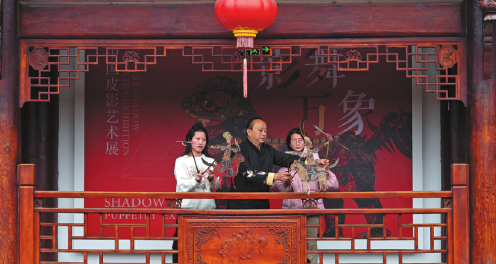
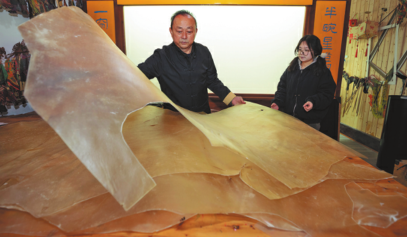


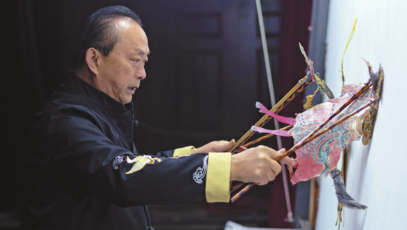
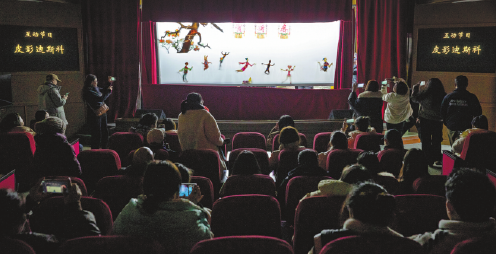
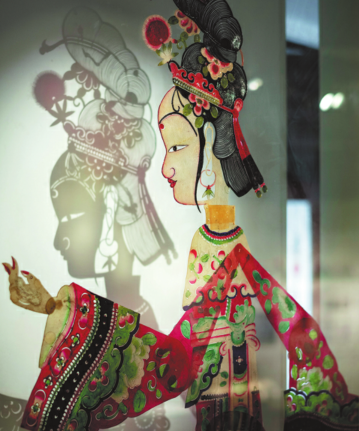
Today's Top News
- Lawmakers' thousands of proposals receive responses
- China warns Japan against interference
- Nation's euro bond sale shows investors' confidence
- No soft landing for Tokyo's hard line
- Commerce minister urges US to increase areas of cooperation
- Strong demand for China's sovereign bonds signals global confidence
















